TSO’OK
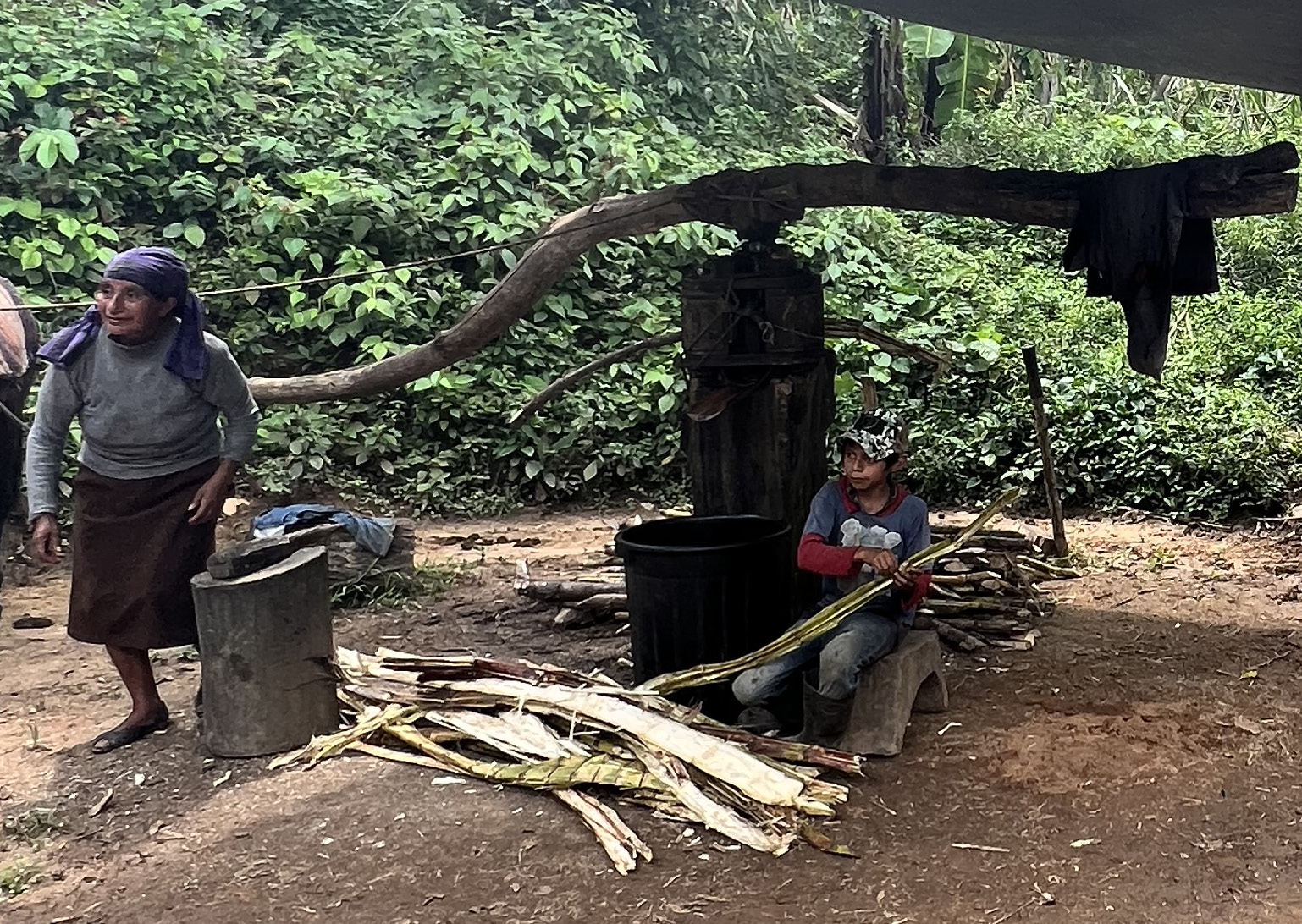
Artisanal rum from fresh-cut cane grown at high altitudes in the Sierra Mixe. The Mixe were never conquered by the Spanish, and maintain their culture more profoundly than most. The local drink tends to be aguardiente (rum)
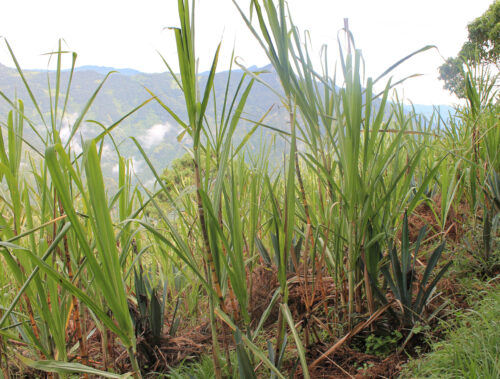
Commercial rums are made from what’s left over when big companies make sugar: molasses, black treacle, etc. Many commoditized rums contain added sugar – Plantation is 2%. Rum from fresh-cut cane compared to commercial rum is like the difference between freshly squeezed orange juice and the stuff made from concentrate
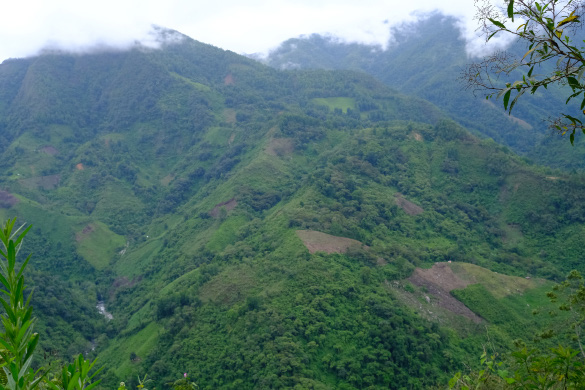
Sugar cane grown at high altitude (and thinner soils) has to work a bit harder, developing aromatic flavors that are rich, well-defined, and elegantly intense. Note the steepness of some of the cleared field
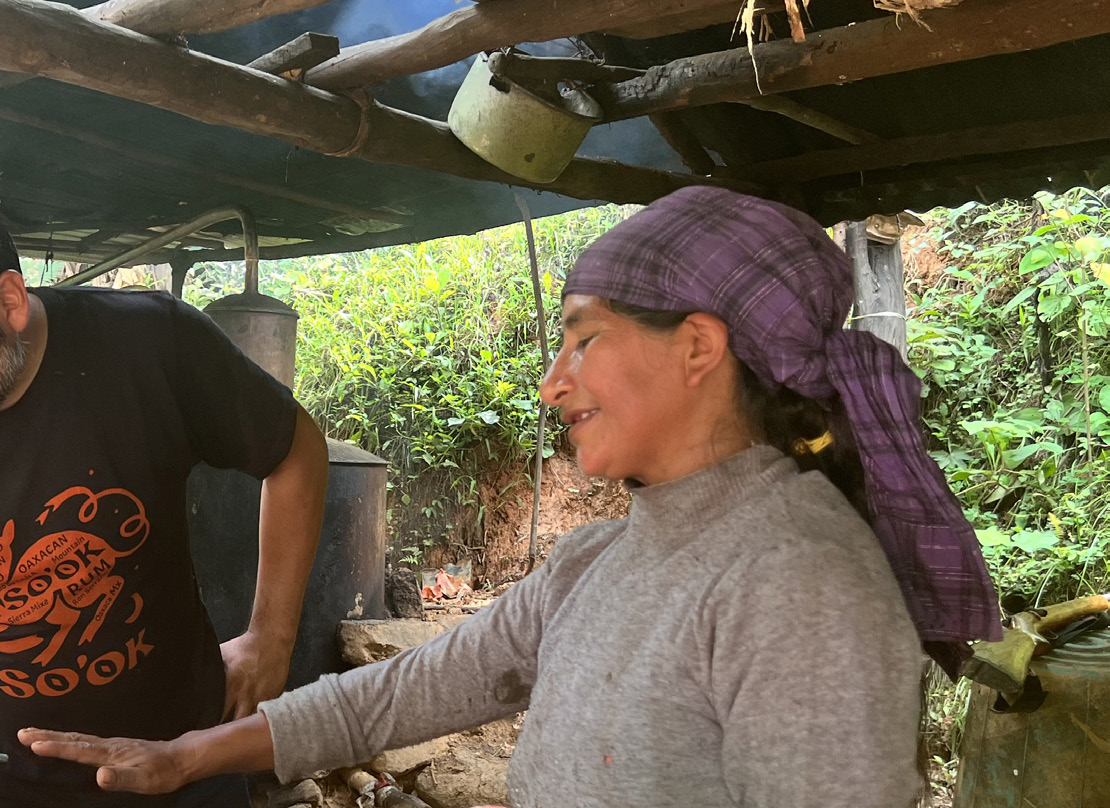
Distiller Brigide Gutierrez talking to a visitor about what she does
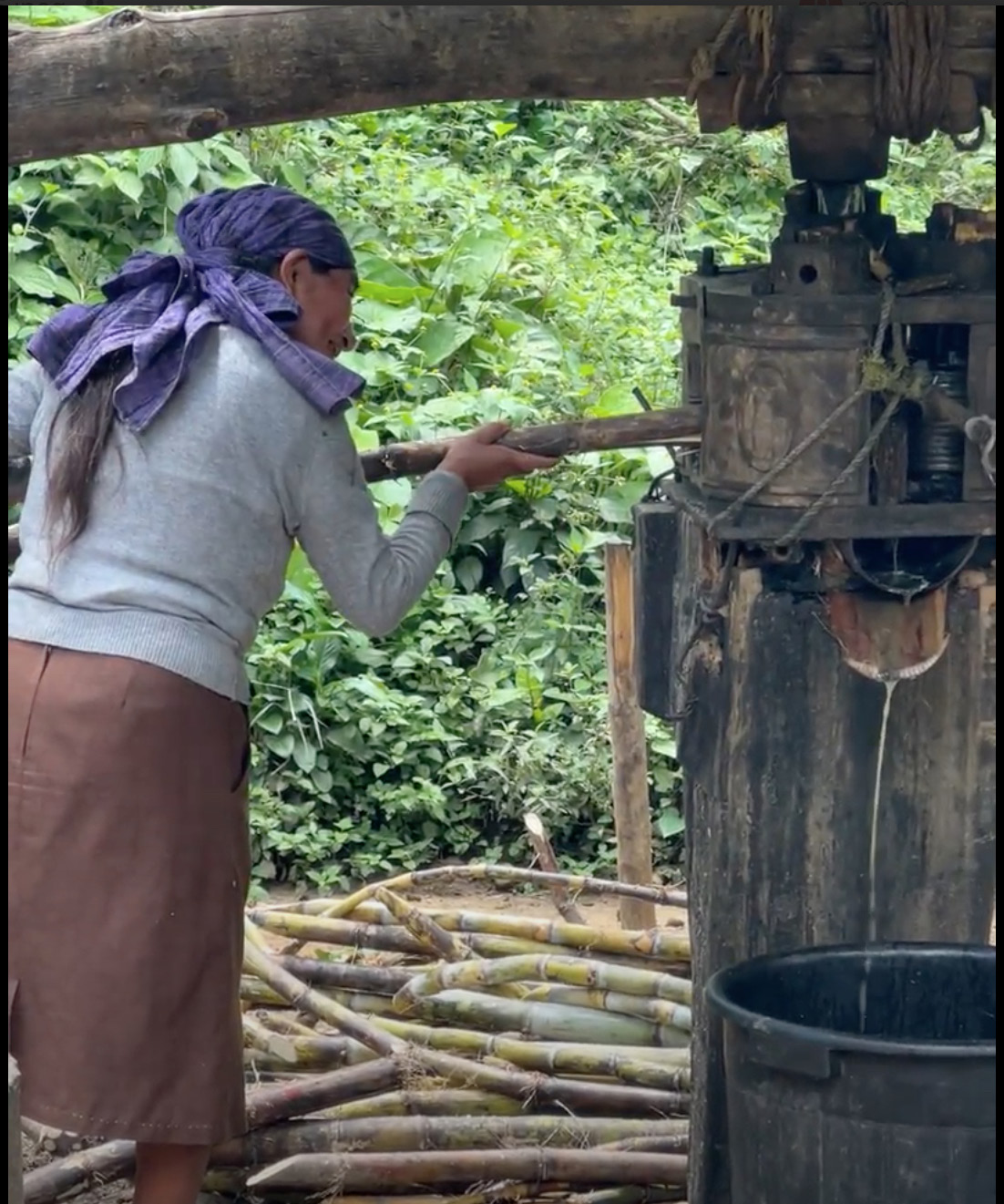
Brigide Gutierrez pressing fresh-cut cane
Brigide feeding fresh-cut sugar cane into the press
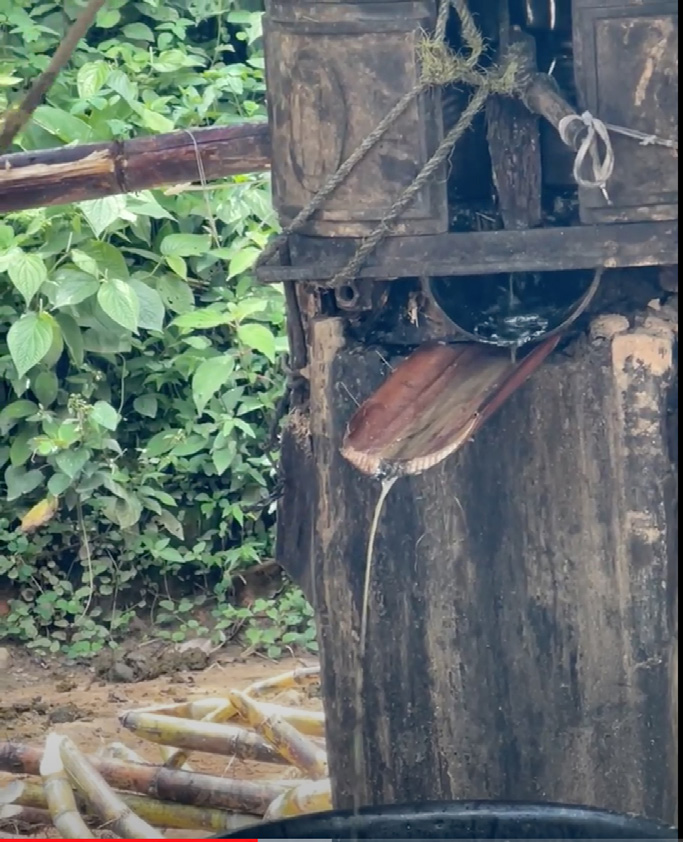
Fresh cane juice from the press. Few things are as tasty and refreshing as fresh cane juice
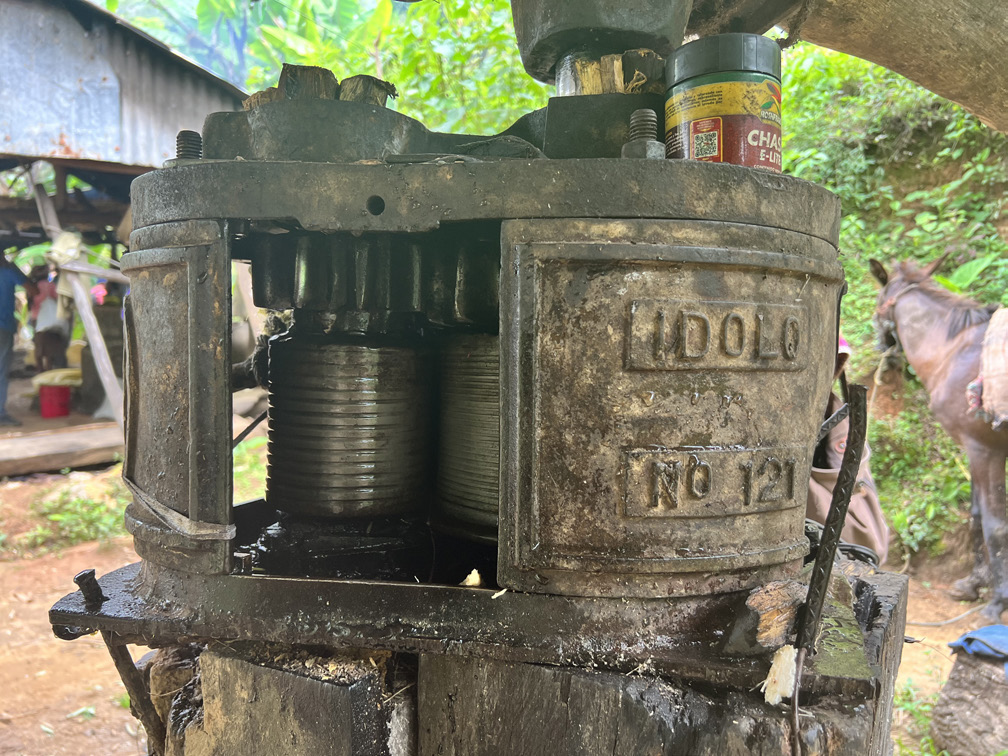
Close up of the press. Hard to imagine how humans got it to where it is, at the end of a two-hour burro trail.

Fresh-pressed juice poured into a clay pot for fermentation by wild yeasts. This is an exceedingly old way, and a lot of work. The flavors are noticeably more profound.
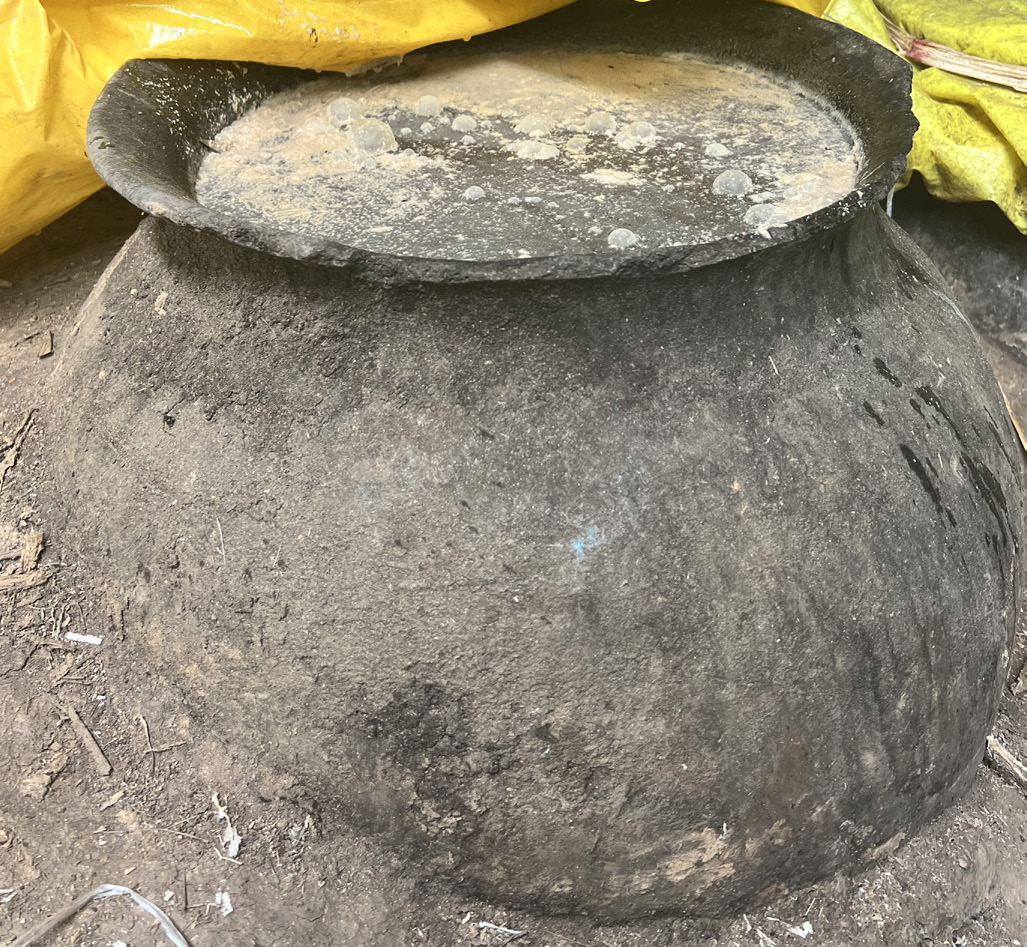
Artisanal means artisanal. Yeasts at work turning sugars into alcohol. The stuff on top gets skimmed off.
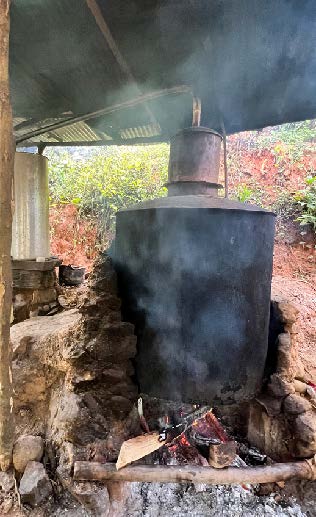
Brigide Gutierrez’ single still
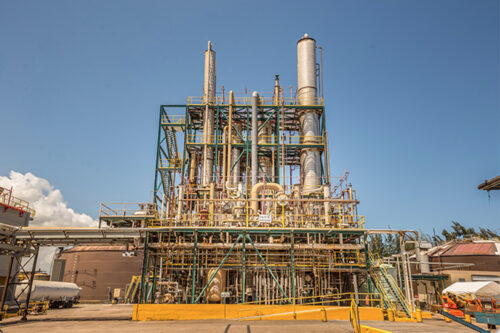
Why does it look like an oil refinery? Because the stills and methods were first developed (1830) to make whiskey and gin. Think about commercial booze next time you put gas in your car.